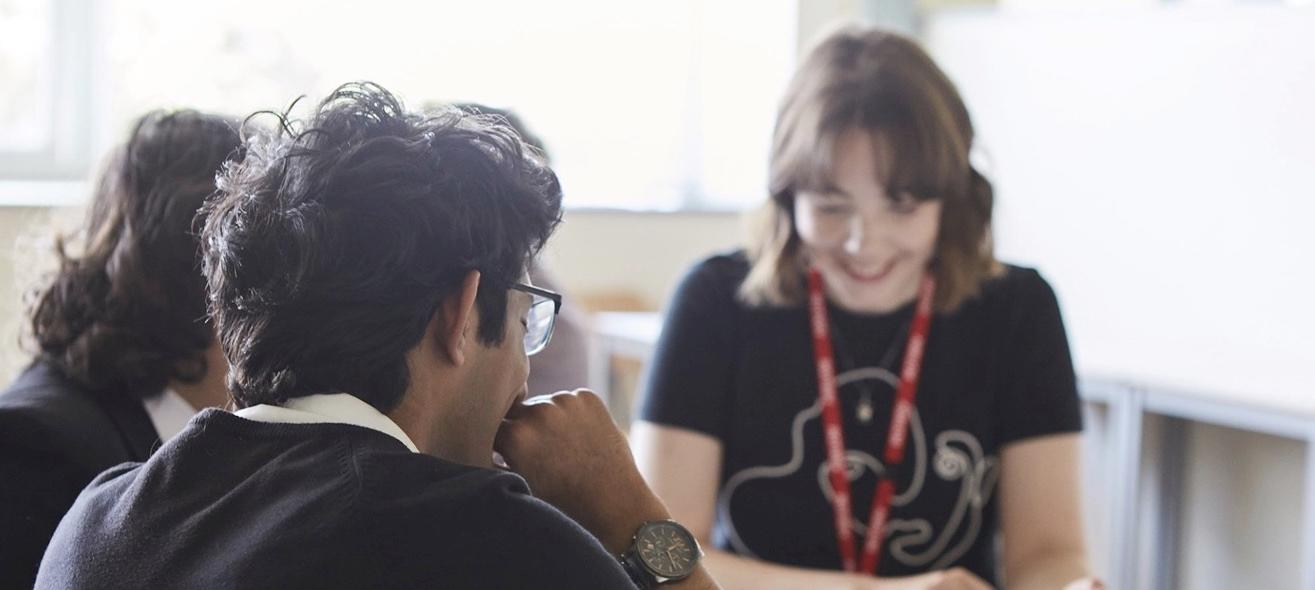Women at the Table (W@TT) was founded to help more women and underrepresented groups have more seats and more influence at decision making tables. W@TT works to expose the systematic exclusion of women in defining the rules of global governance – pinpointing strategic changes to laws, regulations and norms to achieve gender equality and strengthen democracy. This is the story of our partnership.
Multilateral fora such as UN conferences and COP events provide the space and infrastructure for deciding the direction and impact of the international community; making decisions that affect all of humanity. It is not sufficient for women and youth merely to be in attendance, or even to speak in the conference chamber, they must also have genuine influence in outcomes.
Historically women and underrepresented groups have had limited air time at multilateral events, often only as victims providing stories of lived experience, or on very siloed issues. They have not been historically involved in developing solutions that directly affect them or the larger global community.
The genesis of the Gender-app
Caitlin Kraft-Buchman, Founder and CEO of W@TT, approached Thoughtworks with a specific challenge: to measure and report on who gets to speak and who gets heard at world-shaping events.
The opportunity to work at the intersection of empowering underrepresented groups in world forums and using AI and ML to draw out a truer picture of diversity and inclusion was thrilling.
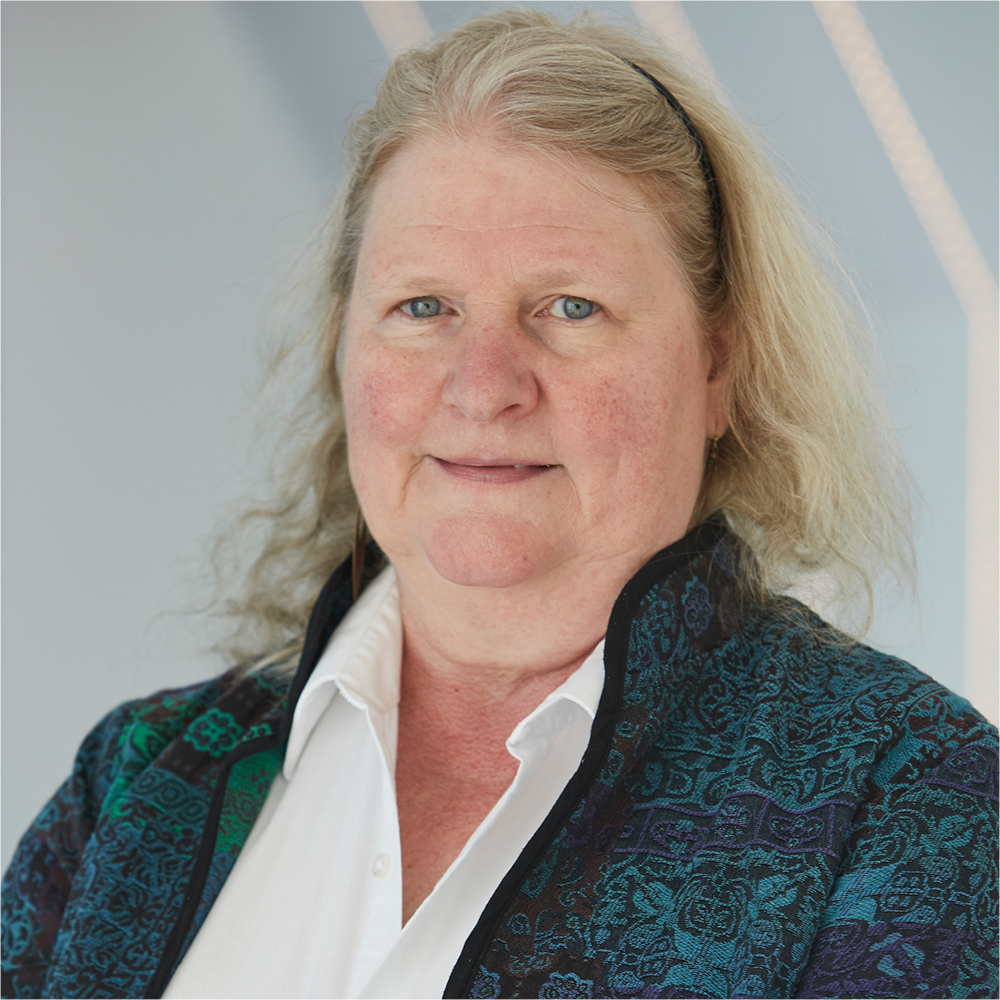
We’ve seen many cases of AI encoding bias - often unintentionally, but with serious consequences. Here was an opportunity to turn that on its head and use AI to uncover systemic bias and build a path to more equal representation on the world stage.
We’ve seen many cases of AI encoding bias - often unintentionally, but with serious consequences. Here was an opportunity to turn that on its head and use AI to uncover systemic bias and build a path to more equal representation on the world stage.
We put together a dedicated, pro-bono team who designed and built the Gender gap app (G-app) working closely with Kraft-Buchman’s team, to pilot at the Paris Peace Forum.
The tool comprises the processing of two sets of data, a visualization engine and a topic modeling algorithm. The (anonymised) delegate information and transcripts - from formal speeches as well as chamber discussions - are processed and matched to topics at the conference, which the algorithm generates. The topic matching component was critical to provide oversight of the breadth and specifics of voice and influence, rather than just crude time allocation. It’s crucial to know, for example, if women are speaking about gender violence, but do not have a voice when food poverty, climate change or finance are on the agenda.
The following visual shows the gender distribution summary from one of the pilot events, a global science and technology conference.
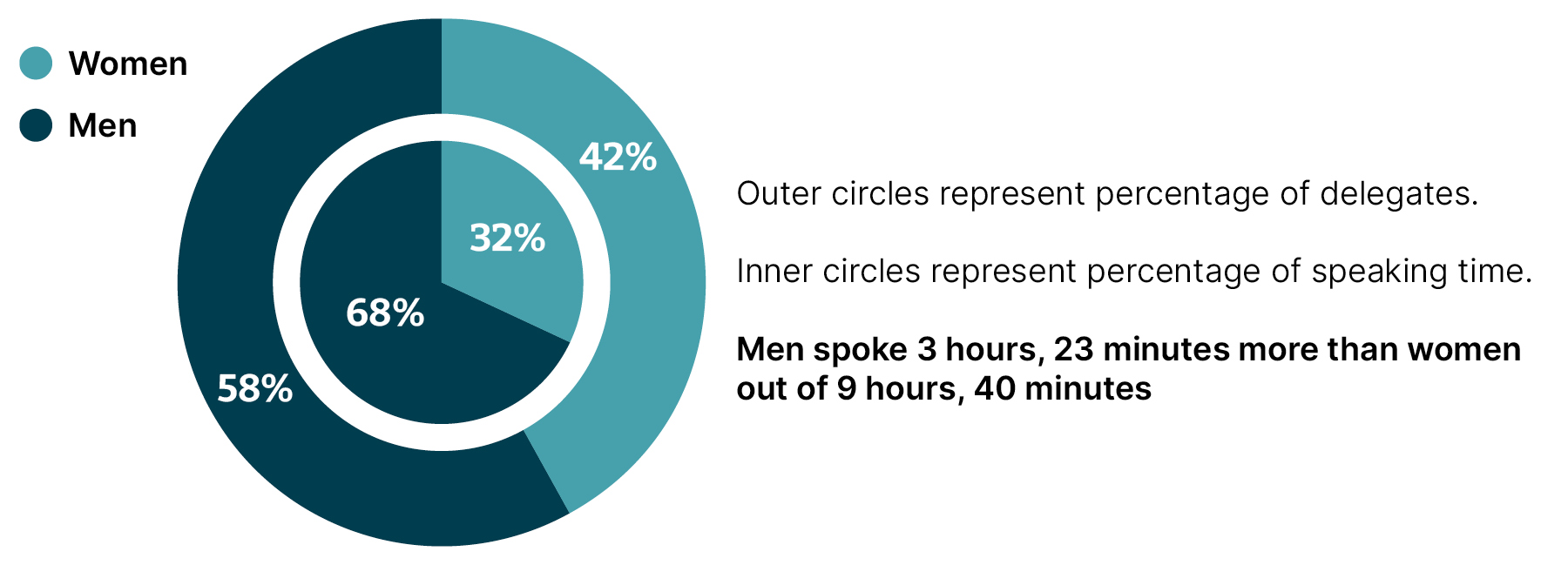
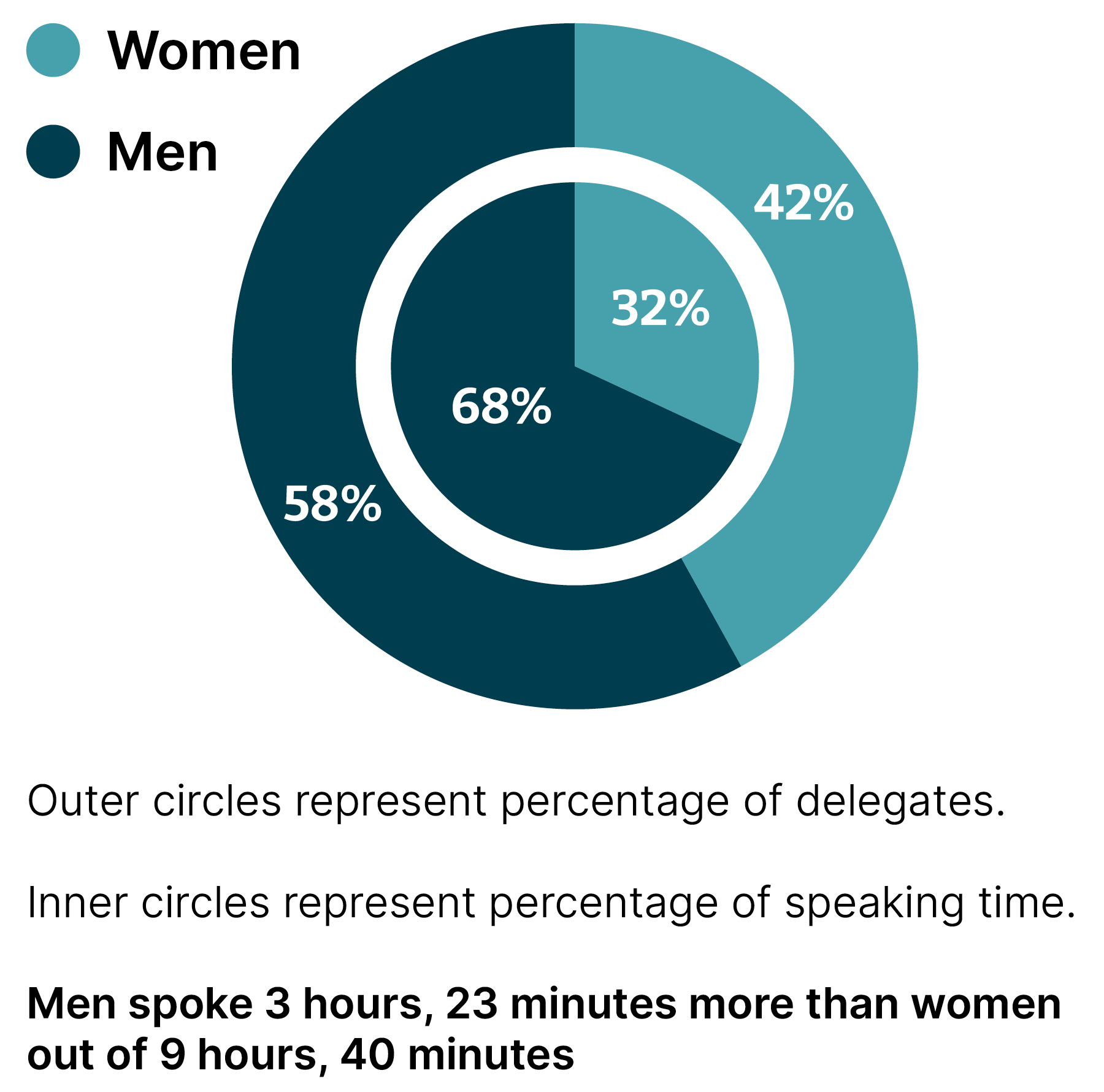
A responsible approach
To be inclusive, tech shouldn’t require specific training to understand how it’s working – the subjects of the tech should be able to understand how their data is being used, what is being learnt and how decisions are being made about them, or that will affect them. So the G-app algorithm was engineered to be completely explainable.
The G-app is open source, and freely available to ensure that any organization dedicated to measuring and making real change can access this powerful data visualization tool and move forward to analyze who gets to speak and who gets heard in their conference environment.
Outcomes and influence
Women at the Table beta tested the G-app at several Inter-Parliamentary Union Assemblies and the Commission on Science and Technology for Development, as well as piloting at the Paris Peace Forum. Initial indicators showed that while representation may be close to parity (40% female-60% male), speaking time reflects a serious imbalance (20% female-80% male) at critical decision-making tables.
Now that this imbalance can be measured, there is a real opportunity to change. As we understand these data points, organizers can learn how to genuinely include more ideas and voices helping them to have influence at their decision making tables.
Women at the Table has a broad vision for the G-App. Their hope is that all UN organizations will utilize it in the coming years, and beyond that it could be used at peace talk tables and implemented in parliaments to provide transparency in the democratic process. It could even be used at technology tables as well.
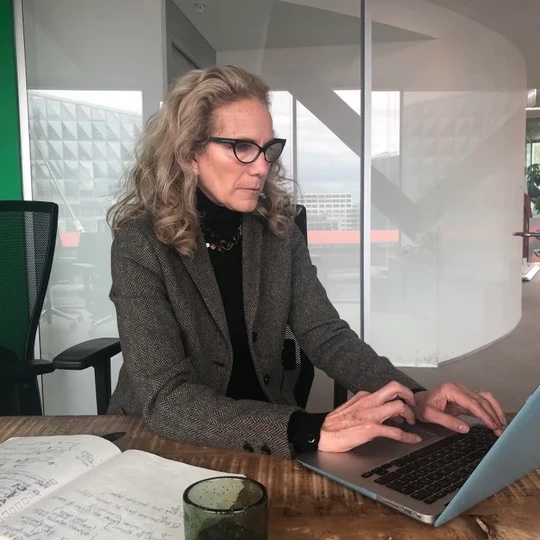
We know inclusion brings resilience, brings robustness, brings strength, whether it's at a peace talk or whether it's at a tech table when you're developing a product. These things all tie together in terms of the quality of our democracy, the quality of inclusion, the equality of opportunities.
We know inclusion brings resilience, brings robustness, brings strength, whether it's at a peace talk or whether it's at a tech table when you're developing a product. These things all tie together in terms of the quality of our democracy, the quality of inclusion, the equality of opportunities.


















